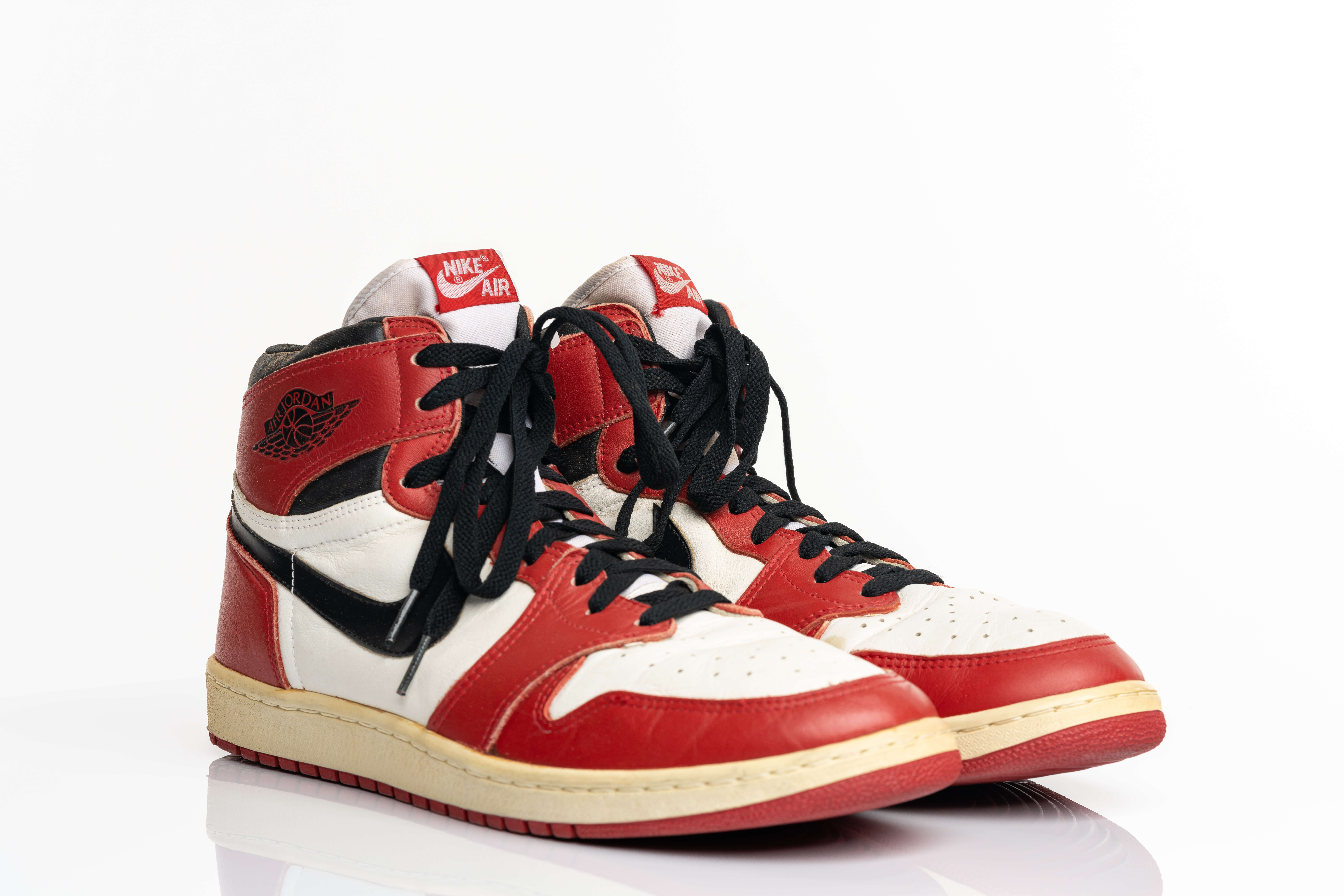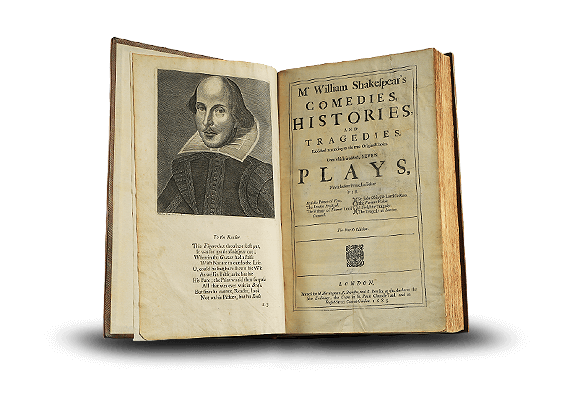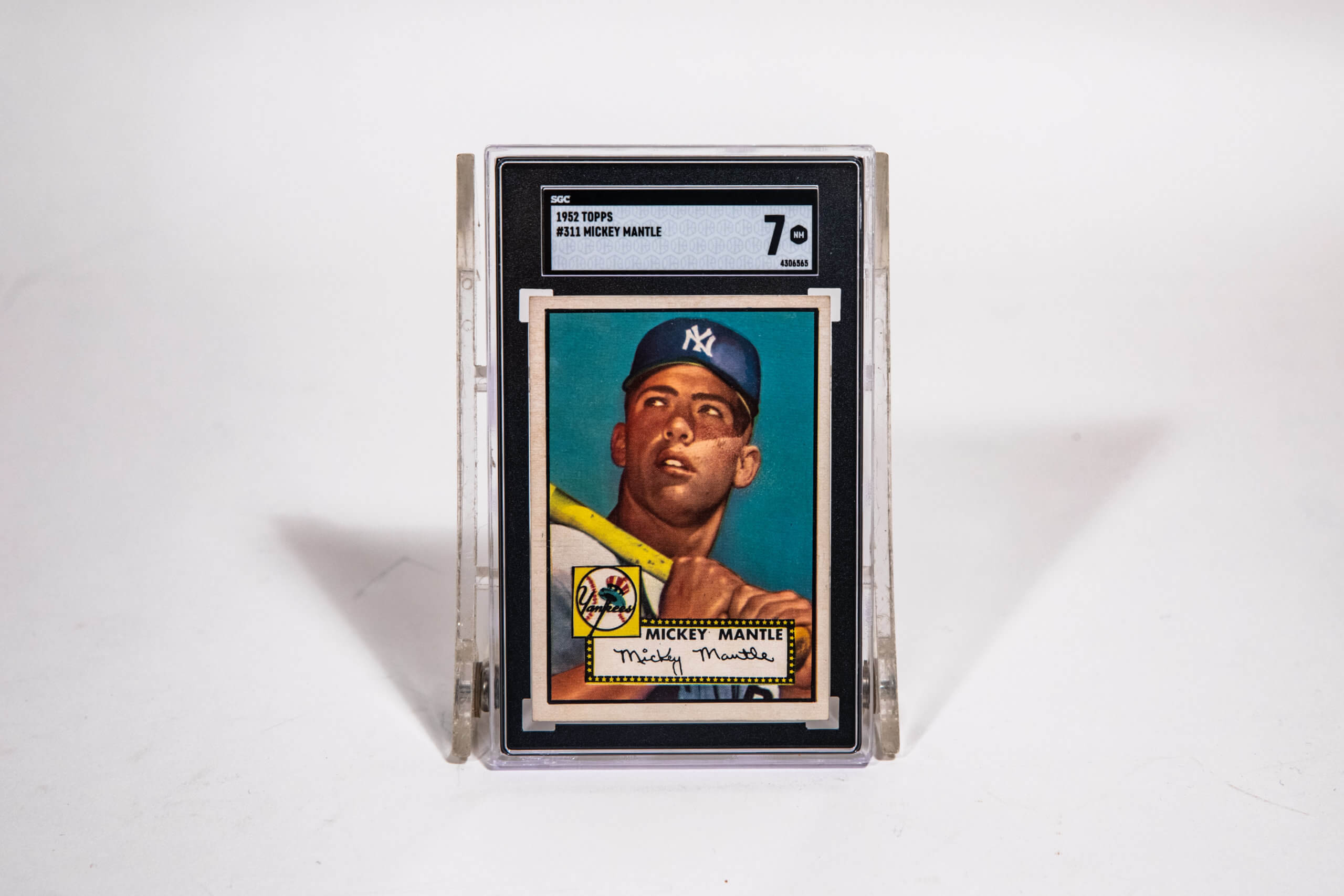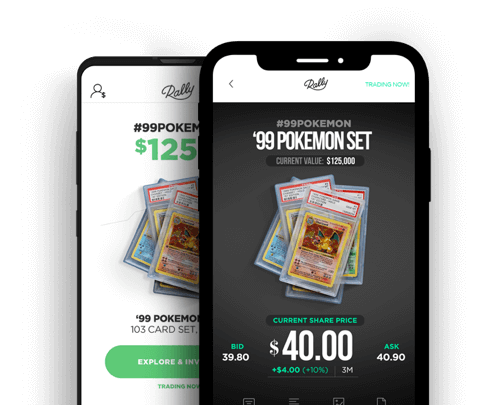Blog > Stories
Music Theory and Vintage Sound Chips: The Different Versions of Zelda’s Iconic Music
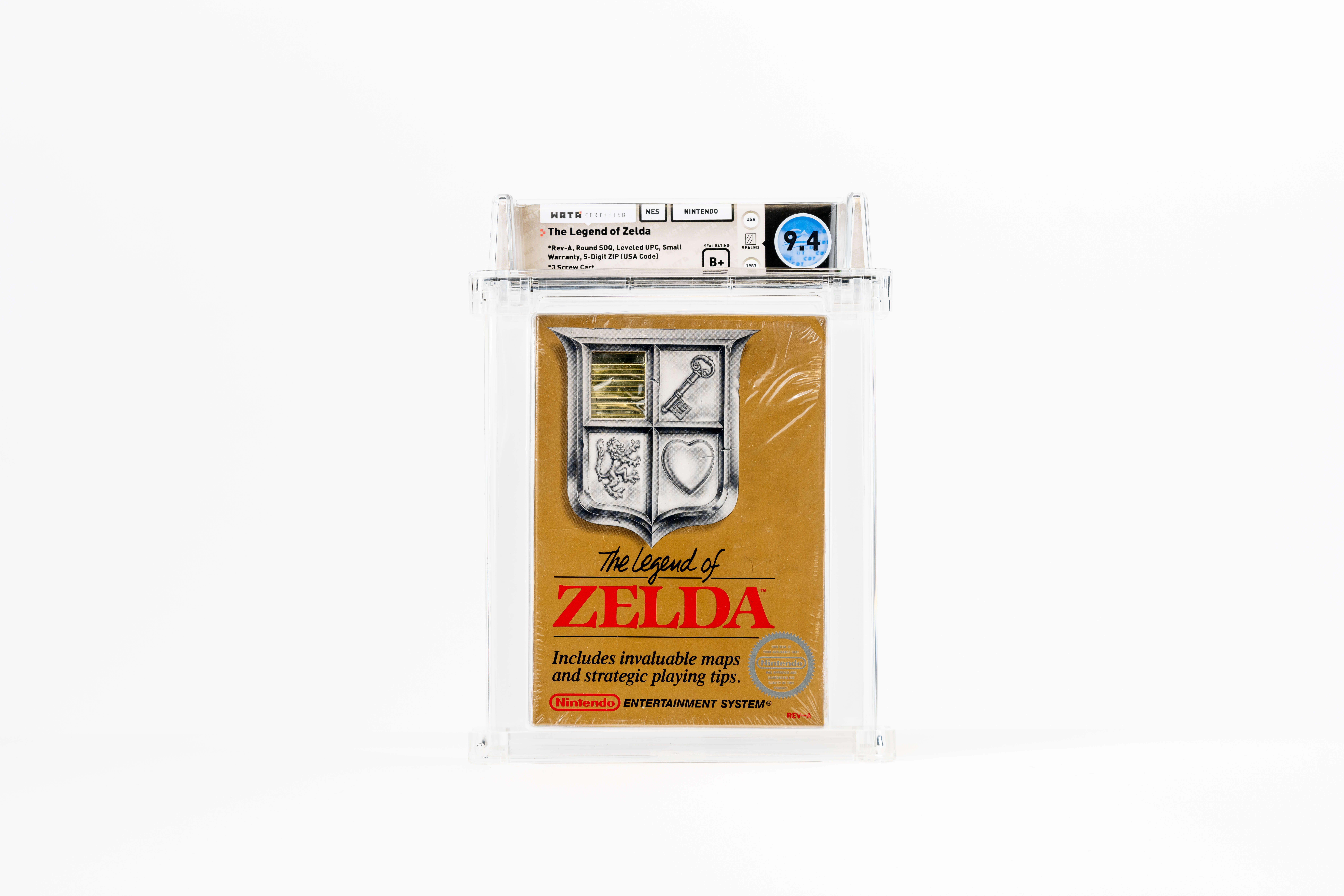
Blog > Stories
Music Theory and Vintage Sound Chips: The Different Versions of Zelda’s Iconic Music

Children of the ‘80s will never forget the sacred ritual of starting up a game on the Nintendo Entertainment System.
- Step 1: Turn the TV to channel 3
- Step 2: Blow on the cart.
- Step 3: Insert it into the front slot of the NES, click it down, and close the outer flap.
- Step 4: Press the smooth, rectangular power button.
- Step 5: Pray you see a fully functional game screen instead of a glitchy jumble.
The VCR-like, front-loading console design had its reliability issues, but when it was working, the NES created blissful core memories for an entire generation. Over 60 million consoles were sold worldwide and Nintendo’s dedication to quality helped pull the industry out of the great video game crash of 1983.
Some of the best NES memories come from The Legend of Zelda. No one had seen anything quite like Nintendo’s sprawling adventure before this. In fact, a sealed map and hint guide was included with copies of the game just in case players had no idea what to do in hero Link’s quest to rescue Princess Zelda from “Gannon.” The Legend of Zelda would become the sixth best-seller of all time on the NES with over 6.5 million copies purchased worldwide. If you didn’t own Zelda’s signature gold cartridge yourself, you at least had a friend who did. Zelda stretched outside the bounds of gaming with an animated series, a board game, and a sugary breakfast cereal — the true signs of ‘80s children’s entertainment success. (Side note: bring back “Nintendo Cereal System!”) It was such a strong game, that it spawned new entries for generations to come with the 20th release, The Legend of Zelda: Tears of the Kingdom, coming in 2023 (depending on how you count various remakes and spinoffs).
Unlike modern games, the Zelda title screen appears immediately when you press the power button. The logo hovers over an oddly peach-colored sky while a green waterfall flows over gray rocks. An unforgettable musical theme kicks in, getting you pumped to explore a sprawling world. Play this song or any of Koji Kondo’s masterful soundtrack for someone from that era and it stirs powerful emotions about when and where they played this landmark game.
Surprisingly, the classic soundtrack that western audiences know and love was completely different in Japan. Zelda was designed as a launch title for an add-on device for the Famicom (the Japanese name for the NES) called the Famicom Disk System (FDS) to show what it could do. This new hardware used readable and writable disks which were cheaper than carts, had more storage, and supported game progress saves (most NES games used complicated passwords at this point). It also included an additional audio channel that allowed for more sound effects options and musical complexity.

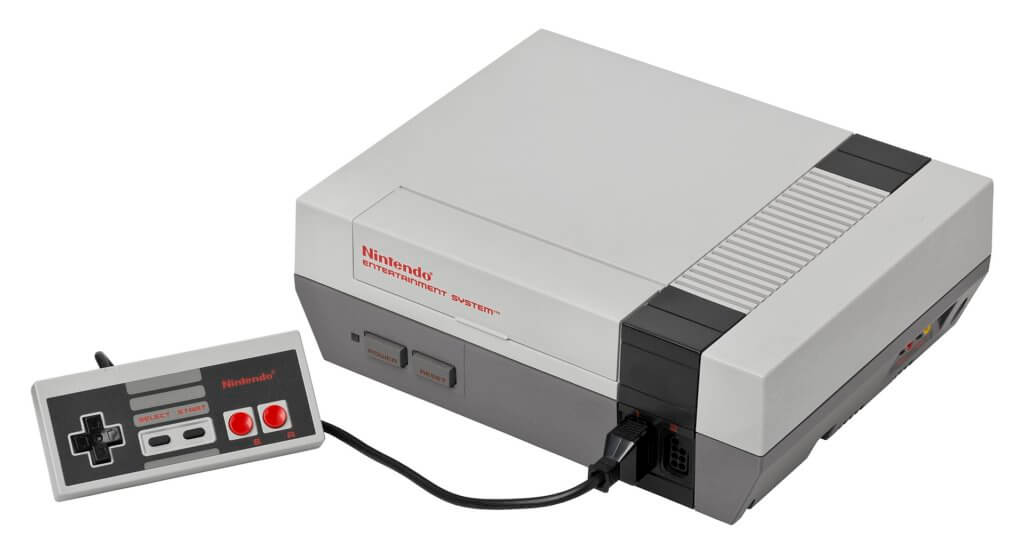
I wanted to examine these musical differences in depth so I reached out to Emily Reese, music scholar and host of game soundtrack podcast Level With Emily, and Thomas Cipollone, composer for new games made on actual NES carts in the modern era including Garbage Pail Kids: Mad Mike and the Quest for Stale Gum, Haunted: Halloween ’86 The Curse of Possum Hollow, Haunted: Halloween ’85, and the upcoming Full Quiet. In addition to offering his expertise on chiptune music, Cipollone transcribed key NES and the corresponding FDS tracks from both The Legend of Zelda and its sequel Zelda II: The Adventure of Link (composed by Akito Nakatsuka) inside of chiptune software FamiStudio. This allows us to visualize what’s going on in the tracks and dig deeper with our discussion. Let’s dig in!
“I host a podcast called Level With Emily. I interview composers and other people who are responsible for sound in video games, usually modern video games. So it’s kind of fun to like do a little throwback to Zelda here. I’ve been doing that since 2011. [It] was syndicated on national radio for a while there. Also I do live radio and radio production as well. We’re on YouTube, Discord, all the places. Come find levelwithemily.com.”
— Emily Reese
“I’m an audio engineer. I also work in radio. I’ve been writing music and playing music pretty much my whole life, and I happened upon people that needed to have a soundtrack made for a NES game and learn how to do it. Now I’m still doing it. It was an accident.”
— Thomas Cipollone



